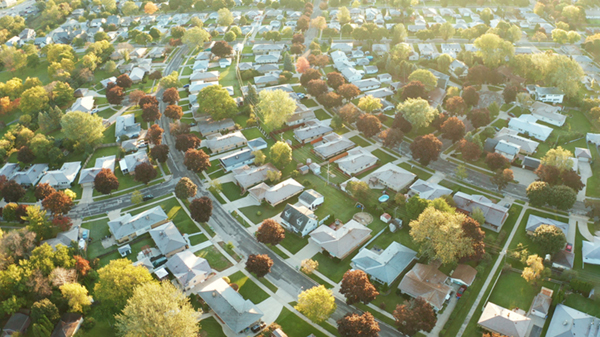Prior to the COVID-19 crisis, household incomes were showing steady growth. From 2016 to 2018, for example, household incomes rose 2.2 percent, from $61,779 to $63,179. It was a positive sign that the economy was making good progress.
Consumers still faced a challenge finding affordable housing, however. From June 2016 to June 2018, the median home price rose 9.5 percent from $247,600 to $273,800, according to the National Association of Realtors.
If you already own a home, that’s great news. Your investment has appreciated nicely. But, for a first-‐time buyer, home values outpacing incomes is another barrier to entry.
Now, as the country faces a steep climb from its first economic slide in a decade, unemployment is rising, while homes appear to be holding their value. A likely outcome is an even more challenging market for first-‐time buyers.
I am optimistic the economy will improve steadily in the coming months. But, will it improve quickly enough to give consumers back their gains in household incomes? Only time will tell.
For builders and real estate investors, there could be a good market opportunity for affordably priced new houses. There is pent-‐up demand for single-‐family housing, both from the standpoint of ownership and rentals.
Millennials, the generation between the ages of 26 and 40, now outnumber Baby Boomers (ages 56 to 72). Even as many that Millennials are growing in their careers, but many are still saddled with student debt, keeping homeownership just beyond their reach.
Millennials comprise the largest consumer group in the United States. The real estate industry needs to develop more alternatives to help Millennials realize the American dream. Here is a personal example – I was a developer of Solo East Condominiums in Nashville, Tenn., a few years ago. We purposefully built a moderately priced development in an up-‐and-‐coming Nashville neighborhood, and loaded the units with high-‐end amenities such as granite countertops. This type of development, either as a rental or as purchase, helped fill a huge void in Nashville’s tight housing market.
The industry also needs to develop more innovative strategies to provide affordable housing. In the past few years, Kinloch Partners has developed hundreds of homes with the intent to start people as renters, then convert them to owners down the road. We also are developing entire neighborhoods that are Build-‐to-‐Rent, providing many young families four walls and a yard — a much better alternative to a multiunit rental property.
We know Wall Street is noticing. We’re seeing more REITs and other large-‐scale investors emulating our Build-‐to-‐Rent strategies. If the economic recovery is a slow but steady rise, it is likely Build-‐to-‐Rent will continue to grow in popularity, for builders, investors, and consumers alike.
Working Americans and young families need their housing needs met, and it’s up to the entire industry to come up with affordable solutions. If builders continue to look to develop the next subdivision full of McMansions, an entire profitable portion of the market will be underserved. That would be a missed opportunity that would be a loss for builders, investors, and consumers.
























0 Comments